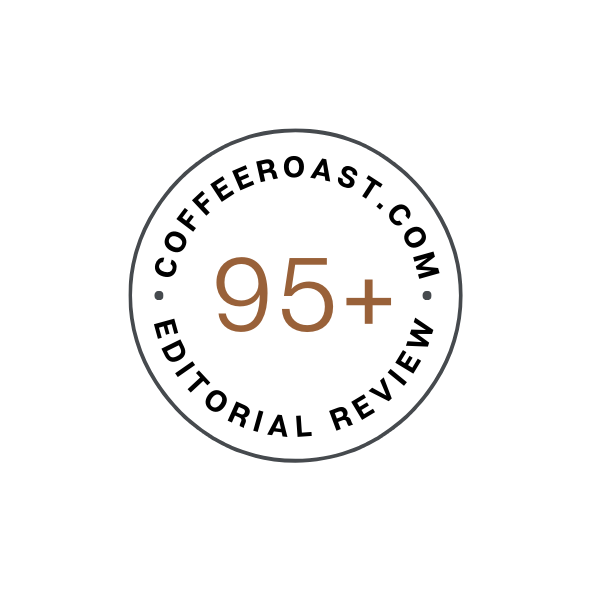Coding Coffee
 Theo C
Theo CIntroduction
When I first launched Coffee Roast, it was driven by a blend of my coffee, technology, and community interests. Inspired by my experiences with RateBeer, a site that beer enthusiasts use to track and rate their favorite brews, I wanted to create a similar platform for coffee lovers, which I felt was lacking. This journey through the development of CoffeeRoast.com has been an nice test of my writing, Python programming, data handling, and analytical skills, all aimed at building a site that resonates with coffee aficionados worldwide.
Inspiration from RateBeer
My initial spark came from the many evenings spent browsing RateBeer, exploring new beers, and reading through reviews written by like-minded individuals. The sense of community and the depth of knowledge shared there made me wonder why we couldn’t have the same for coffee. The site sort of died in 2020 when it was acquired by InBev, but I really liked the format. This reflection led to CoffeeRoast.com's inception—a platform intended to catalogue, rate, and discuss coffee roasts. After shopping around for a good domain, I settled on Coffee Roast, a play on the version of the word "Roast" meaning to shine a spotlight on light-heartedly.
Writing and Content Development
I had been tracking the coffee I consumed somewhat loosely since 2016, often sending myself emails or writing notes on my iPhone. The challenge began with crafting content that was not only informative but also engaging and reflective of the community’s voice. Writing for CoffeeRoast.com involved a delicate balance of coffee knowledge and casual conversation. In the end, I just chose to keep my own voice and build a site that I wanted to use. So while I write some longer form reviews, I mostly do short/medium ones that get to the point.
Harnessing Python for a Dynamic Site
Building the website required more than engaging writing; it demanded robust technical solutions. Leveraging my Python skills, I developed custom scripts that efficiently handle user interactions, data storage, and complex queries. Python’s versatility made it possible to integrate functionalities like user ratings, comments, and a dynamic recommendation system that adapted to user preferences.
Designing the Data Architecture
The backbone of CoffeeRoast.com is its data architecture. I designed a system that could store vast amounts of data and make it easily retrievable and useful for analysis. Structuring the database to handle diverse data—from user profiles to coffee ratings and reviews—was crucial. This setup enabled us to analyze trends, understand user behavior, and refine our content and recommendations based on actual user data. We have a lot coming on this!
Developing the Rating System
Perhaps one of the most intriguing aspects of this project was creating the rating system. Borrowing from the mechanisms I admired in RateBeer, the system on CoffeeRoast.com needed to be straightforward yet comprehensive enough to capture the nuances of coffee tasting. This required a deep dive into coffee science and user experience design, ensuring that the ratings provided by users were meaningful and reflective of actual quality. I have some ideas to improve this as more data is coming in.
Conclusion
The development of Coffee Roast.com has been more than just a technical project; it's been a journey into the heart of the coffee community. It challenged my abilities and pushed me to blend analytical and creative skills to create a platform that I hope will become as beloved in the world of coffee as RateBeer was in the world of beer.
Subscribe to my newsletter
Read articles from Theo C directly inside your inbox. Subscribe to the newsletter, and don't miss out.
Written by

Theo C
Theo C
I’m Boston-based. Sharing some notes on how I turned, my personal coffee journal into a specialty coffee review site used globally.